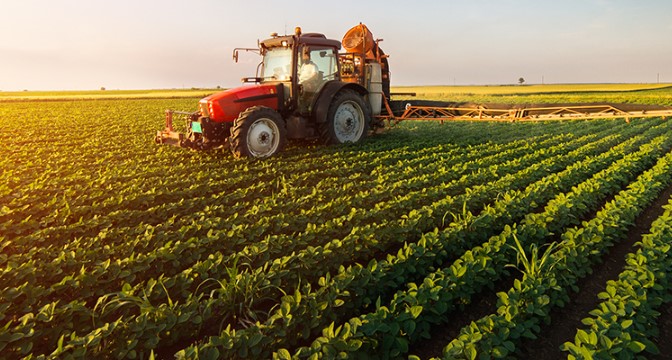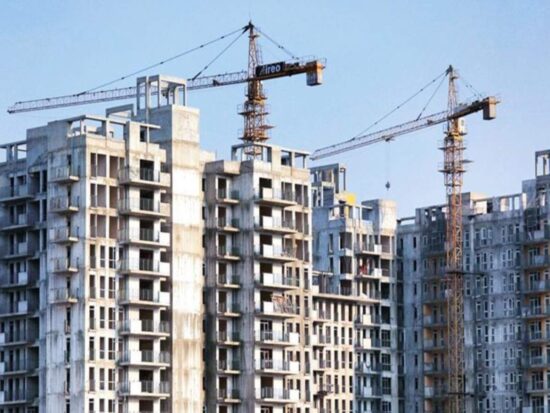
Agriculture sector and its future should be on serious consideration
- May 10, 2024
- 0
India is moving towards the developed nation target of 2047. In such a scenerio, there is a need for deep rethinking about India’s agricultural sector.
According to the 2011 census, about 55 percent of the country’s population is engaged in agriculture and other agriculture-based activities. Therefore, it would not be wrong to say that in the ongoing discussion about the developed India of 2047, it is not possible without discussing the agriculture sector. Because the path of development and progress passes any through the fields.
Countless discussions and debates have been going on in the agricultural sector for a long time. But there is no logical solution. Now is the time to review the country’s agricultural sector and its future implications.
There is a need to discuss the issues like demand for legal guarantee of Minimum Support Price, challenges related to climate change, decline and stagnation in the yield of many crops, challenges of providing food to the growing population of the country with limited resources and how to keep pace with digitalization.
It is a fact that in recent years the share of agriculture and allied activities in the annual gross domestic product has fallen in the country. The dependence of the population directly or indirectly engaged on farming has not reduced in this proportion. The result was that lakhs of people were not getting fair wages for their labour. These people have to work on low income. Over the years, it has become difficult for many economists and commentators to find a solution to this challenge.
To create employment opportunities in rural areas and to reduce People’s dependence on agriculture there is a need to make adequate investment in non-agricultural sector. Strategy will have to be made so that farming is beneficial for the farmers.






























































